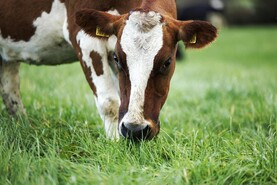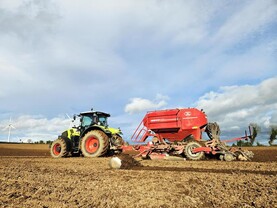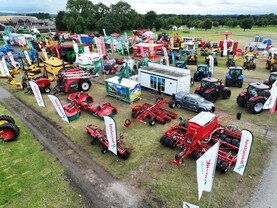What are LEAN principles and how do they work in a business?
Simply put, LEAN is about continuous improvement of all processes within a business and striving for perfection. To do this, you need to look at everything you do and identify what is adding value and what is waste. Then you need to systematically identify all the waste and work to eliminate it, so that you can improve your productivity, quality and reduce costs. Every business, including all farms, has waste that can be cut.
Where did the idea of LEAN business come from?
LEAN management was developed by Toyota in the 1950s. Since then, LEAN principles have been applied to almost every industry in the world. Farmers are now also starting to use lean tools to improve their businesses. Many of the principles are really simple and based on common sense.
What sort of cost savings can be made on farms with LEAN?
On one 450-head dairy farm in New Zealand, implementing LEAN management was able to save NZ$20,000 (€11,700) per annum by reducing fuel and labour costs in the feeding process. On another large dairy farm, better standardisation allowed the farmer to reduce milking time by 45 minutes. Over a 300-day season milking twice a day, that’s a time saving of 450 hours per year. On another dairy farm, implementing LEAN significantly reduced the empty rates in cows from 21% to 13%.
How can Irish farmers implement LEAN principles on their farms?
Farming is full of repetitive processes, which can be continuously improved. A lot of the LEAN tools are about eliminating waste, improving workplace organisation, improving communication, reducing maintenance issues and preventing repetitive problems. Making sure all processes are reliable and repeatable maintains high quality and consistency on the farm through standardisation.
Farmers should map out repetitive movements in a typical day, whether driving the tractor or walking in the yard.
What simple steps can farmers take to implement LEAN on their farm?
Better organisation of the workplace is a good starting place. Having the right tools in the right place saves time looking for them or having to go over and back several times to do a job. This will also save money on buying new tools, medicines, chemicals or supplies that you possibly already have but lost somewhere or that have expired. This means planning your work layout. Farmers should map out repetitive movements in a typical day, whether driving the tractor or walking in the yard. Reducing these movements through better planning and layout design will save time from doing non-value-added work, while also reducing running costs on machinery.
Can LEAN be applied to machinery?
Absolutely. Planning regular preventative maintenance on farm machinery will stop unplanned breakdowns, which can cost a lot of money. Doing things right the first time and fixing machines properly instead of putting in place a band aid ensures farmers don’t have to keep returning to re-fix machinery. Not fixing a machine correctly only escalates into a more expensive problem in time.
How many farmers have you worked with?
I’ve done LEAN training with farmers and farm managers on over 100 farms across New Zealand. I’m currently starting a pilot LEAN programme with another 50 farmers in Australia. I also partnered with Beef and Lamb NZ to introduce the LEAN concept to 80 beef and sheep farmers here. It was also great to see Dairygold, one of Ireland’s largest dairy co-ops, rolling out a LEAN programme for its farmer members.
The Lean Dairy Farm is available on www.amazon.com or www.Wiley.com






 This is a subscriber-only article
This is a subscriber-only article









SHARING OPTIONS: